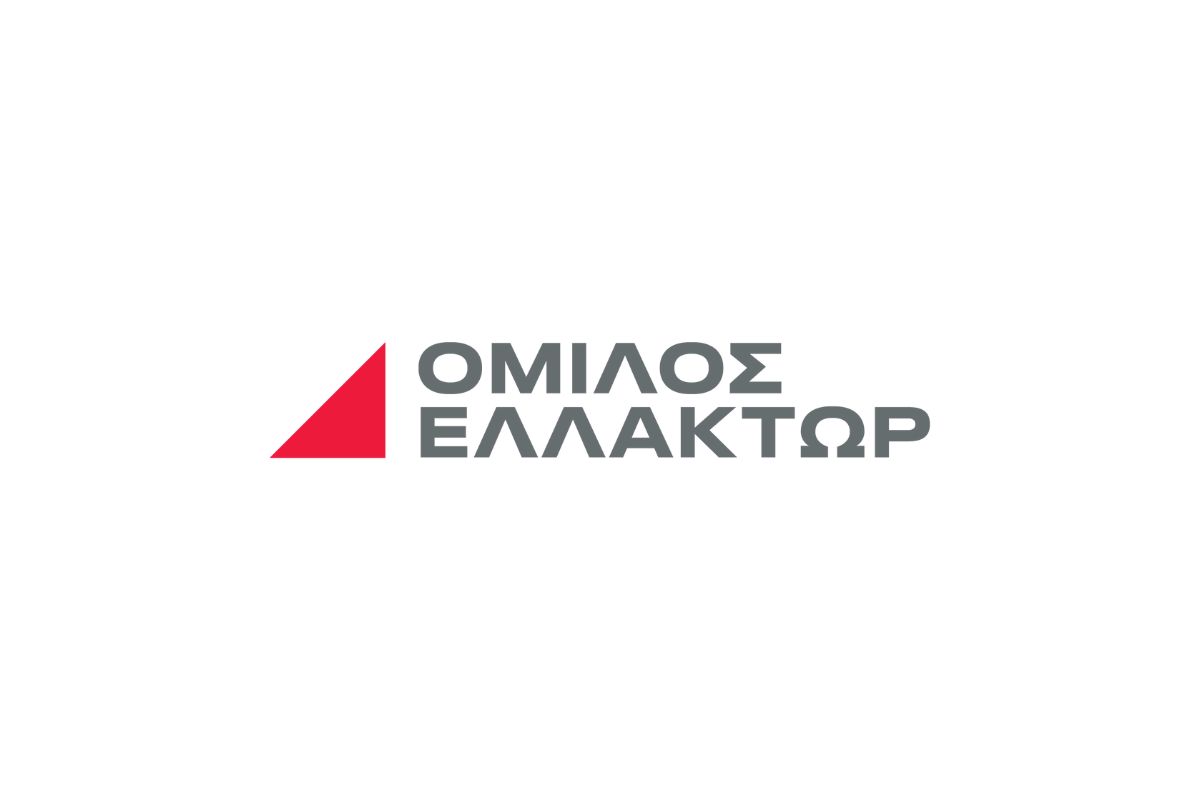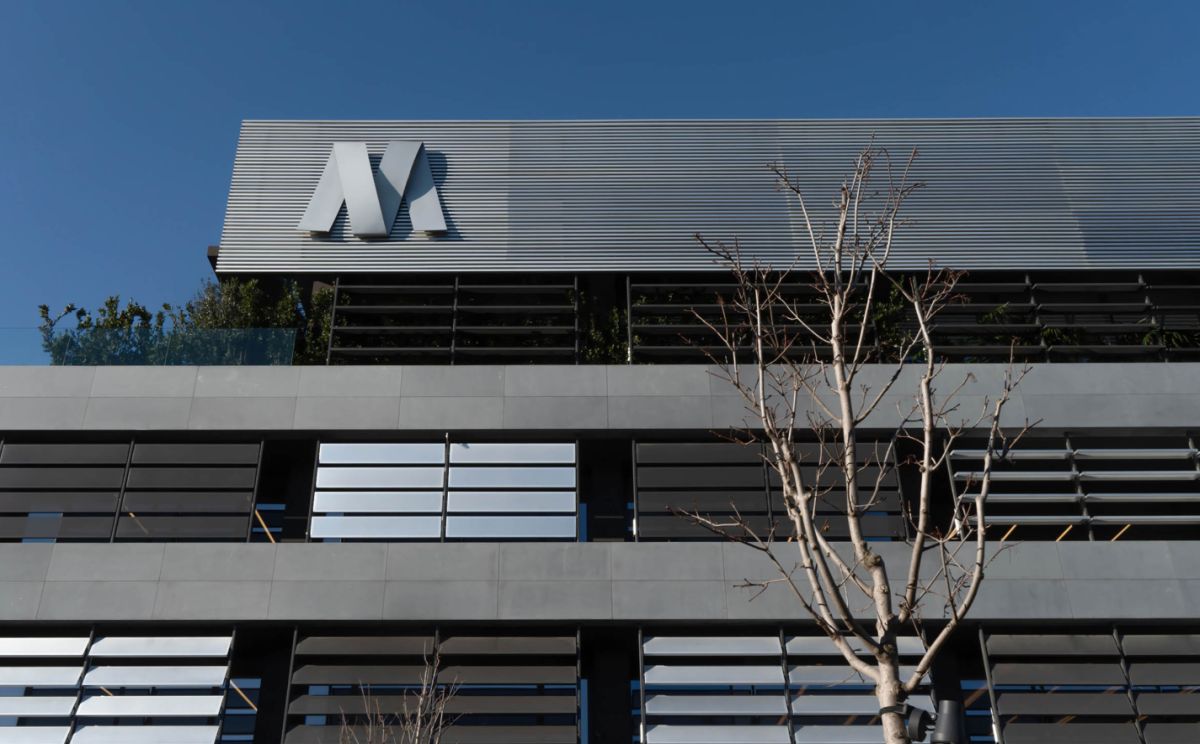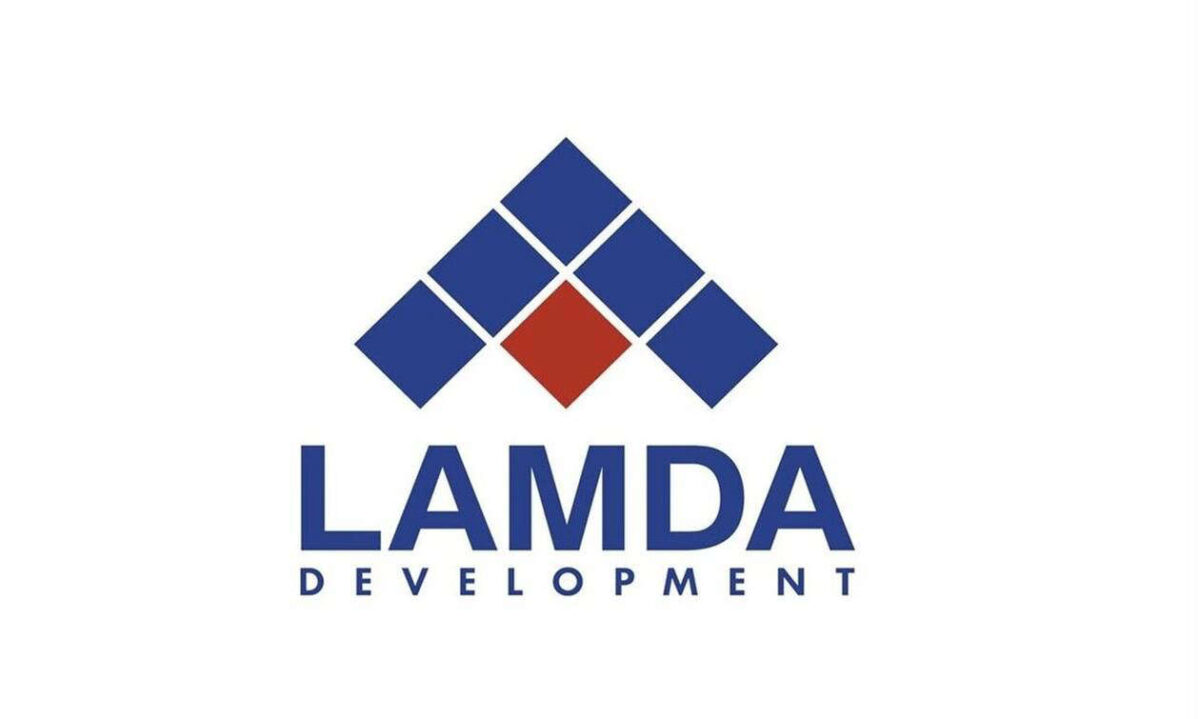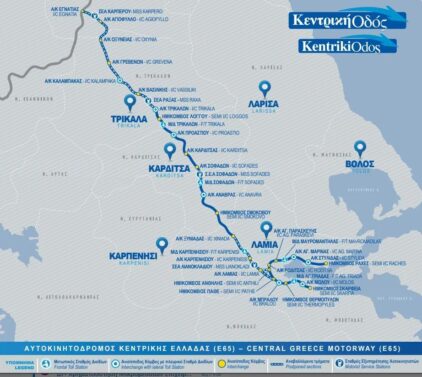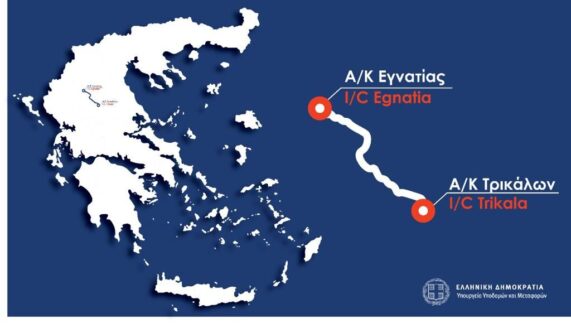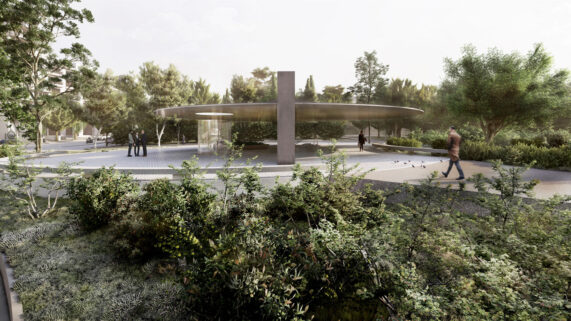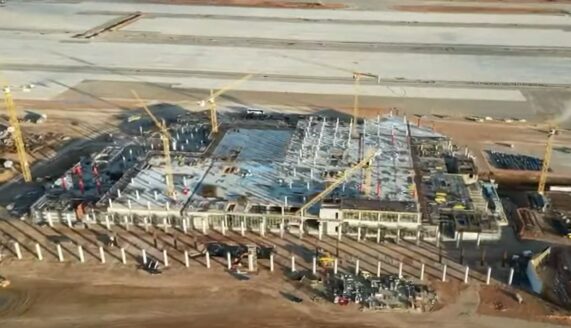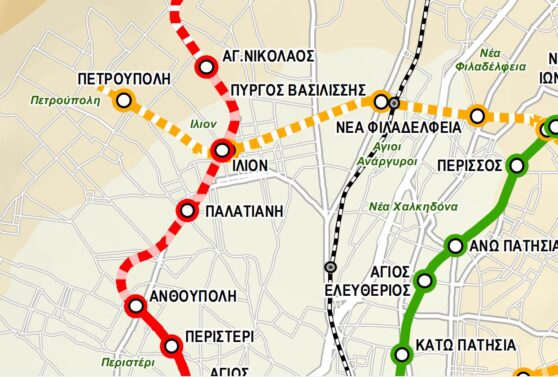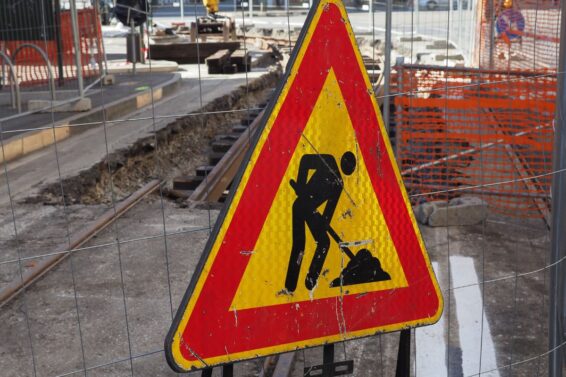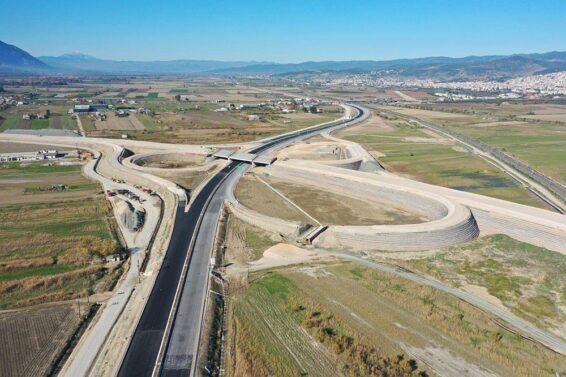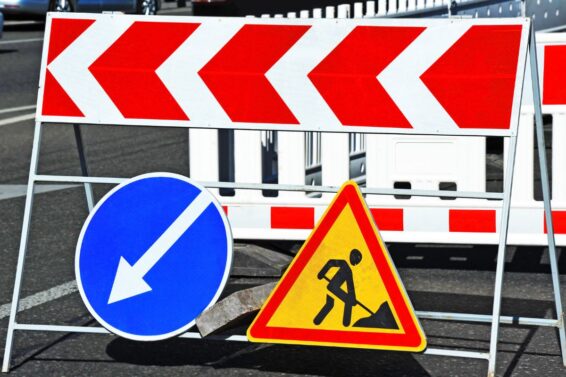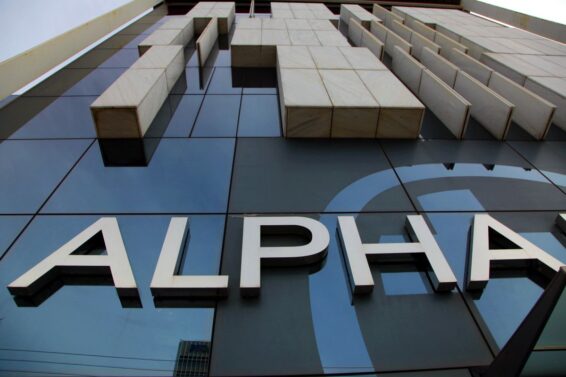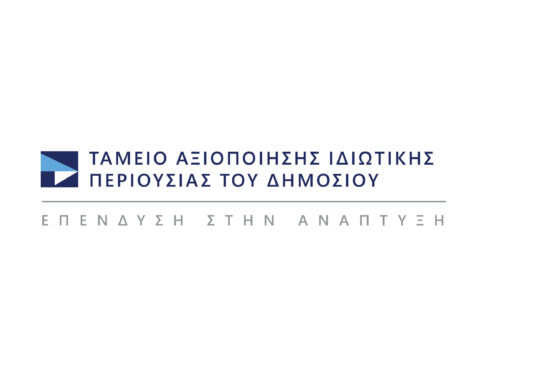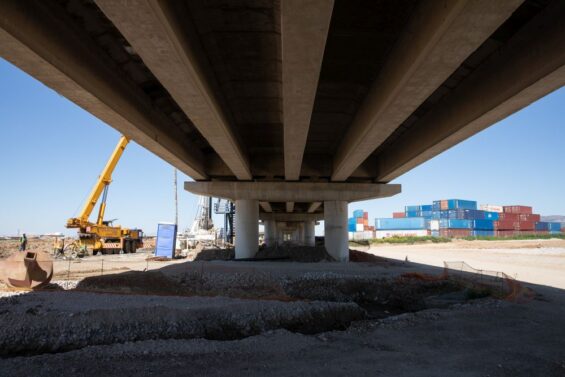East Japan Railways (JR East) has released further details of its Alfa-X (E956) Shinkansen test train, which will be used to evaluate new technological and aerodynamic features for the railway’s next-generation of high-speed trains.
The development of the 400km/h train is focused on four key areas of research:
– Safety and stability
– Comfort
– Environmental friendliness, and
– Ease of maintenance.
Production is now underway on the 10-car test train, which is due to be rolled out in May 2019. The train will feature two different nose designs. At 16m-long, the type A nose is 1m longer than that of the current E5 series Shinkansen train. The type B-nose is significantly longer at 22m and has been designed to suppress pressure waves when the train is entering a tunnel. Two low-noise pantographs will also be tested on the Alfa-X.
JR East says energy consumption will be reduced by optimising traction control technology and using silicon carbide semiconductors in the power converters.
Two new devices will be trialled to minimise the risk of derailment in the event of an earthquake. A lateral damper will suppress the shaking of the train, while a crushable stopper will be activated if the train senses a seismic shock, mitigating the forces between the bogie and the car body and minimising the pressure between the wheel and rail.
The trains will also be equipped with a device which increases aerodynamic drag to aid rapid deceleration.
The underfloor layout will be optimised to minimise the build-up of ice and snow, and equipment will be designed to reduce the risk of damage or failure in freezing conditions.
Source: railjournal.com
ΜΗΝ ΞΕΧΑΣΕΤΕ
- Ακολουθήστε το ypodomes.com στο Google News και μάθετε πρώτοι όλες τις ειδήσεις για τις υποδομές στην Ελλάδα
- Αν είστε επαγγελματίας του κλάδου, ακολουθήστε μας στο LinkedIn
- Εγγραφείτε στο Ypodomes Web TV

